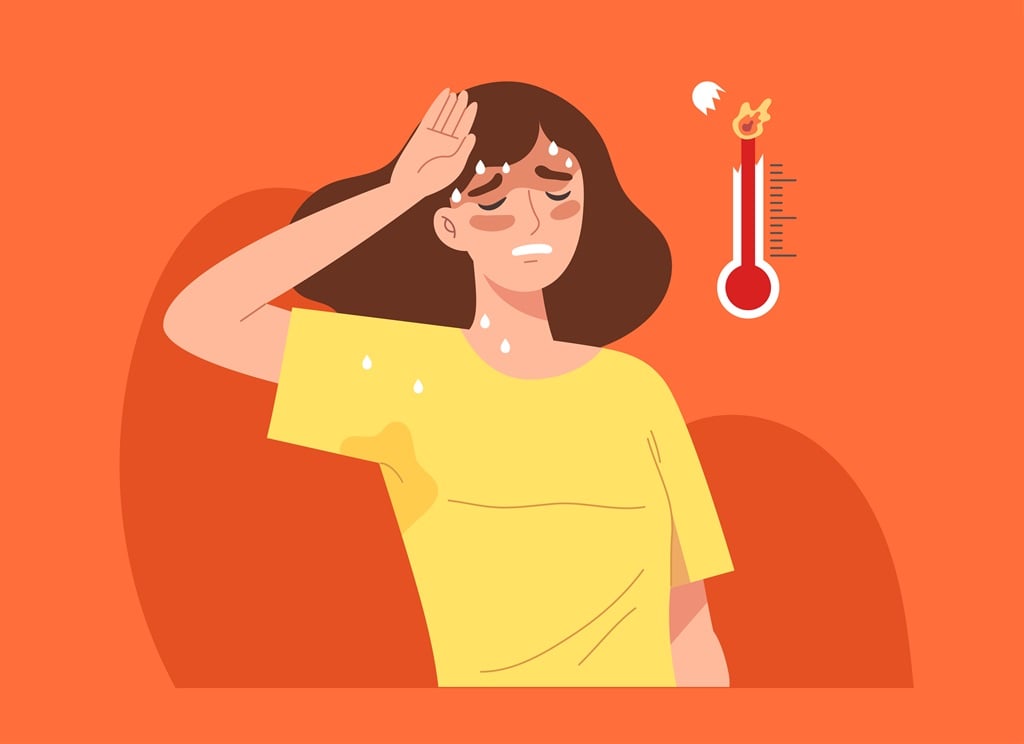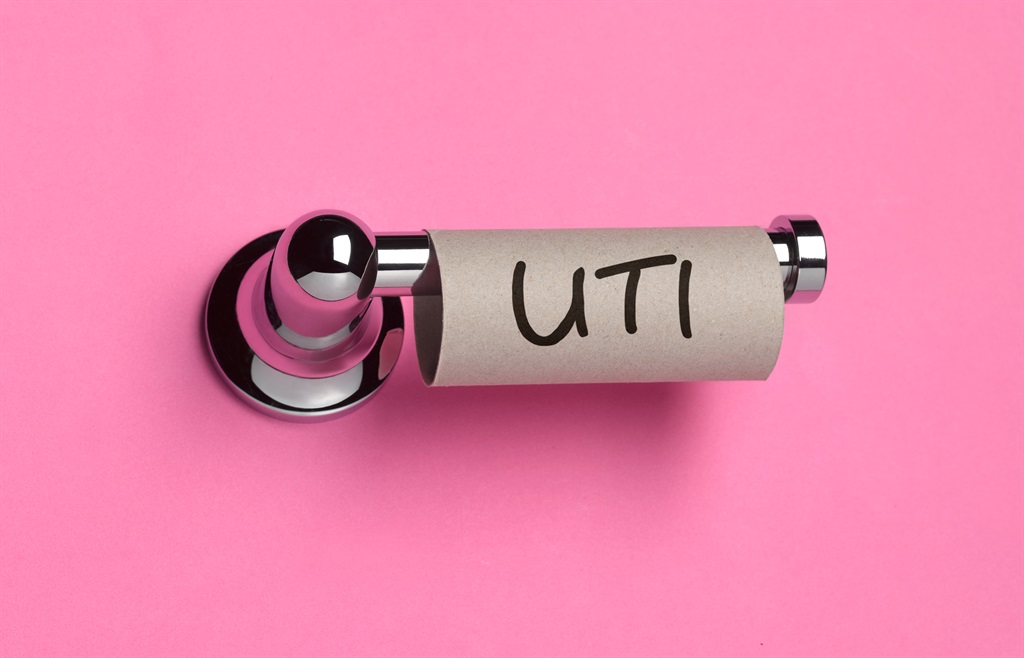
Heatstroke is deadly and it is crucial that it is recognised early and that immediate first aid and medical treatment is given.
- Signs of heatstroke include: confusion; irritability; rapid pulse; hot, dry, red skin.
- Heat exhaustion involves an excessive drop in blood pressure following exercise – the core body temperature rises to 38-40°C.
- First aid involves cooling the person down and hydration.
The South African weather service has issued a heatwave advisory for Gauteng until Friday. Temperatures are expected to reach a maximum of 33°C.
Although these conditions are usually manageable, most people are looking for ways to ease discomfort and look after themselves.
Below, we look at the differences between heatstroke and heat exhaustion, symptoms to look out for, and treatment options.
What is heatstroke and what causes it?
Heatstroke occurs in hot, humid conditions when the body fails to control its temperature. It is a medical emergency.
There are two types of heatstroke: classical and exercise-induced.
Classical heatstroke affects the more fragile – the very young and the elderly, and often, those who have heart disease.
READ | Do you know the early signs of a heart attack? Doctor shares what to do if you’re having one
It occurs when there is no exercise activity. Young children are particularly at risk when they are locked in a hot car. There is usually no sweating involved.
Exercise-induced heatstroke is more common in young, healthy, fit athletes who exercise in hot, and especially humid, conditions.
Athletes who exercise vigorously for short periods, such as in short-distance races (6-15 km), rather than marathons, are most at risk. It seems that only certain athletes are susceptible to this condition, suggesting an inherited metabolic predisposition.
What are the symptoms and signs of heatstroke?
The hallmark of this condition is an extremely high body core temperature of at least 41°C (taken rectally) and a reduced level of consciousness.
The person initially becomes irritable and confused and may have seizures. Other early symptoms include weakness, headache, nausea and vomiting, and muscular pain. The pulse is rapid and the skin hot, red and dry, even under the armpits. If the condition is not promptly treated, the person becomes unconscious and might die.
Heatstroke is deadly and it is crucial that it is recognised early and that immediate first aid and medical treatment is given.
First aid for heatstroke
Get immediate medical help.
While waiting for an ambulance or transport to hospital:
- Move the person to a cool, shaded area and check the ABCs (airway, breathing, circulation).
- Apply ice packs or cover the person with cool, wet sheets. The sooner the person is cooled, the lower the risk of mortality.
- If the person is able to drink, give them water or a sports drink.
- Hospitalisation is always necessary as temperature could increase again after cooling.
Can heat stroke be prevented?
Help prevent heatstroke by:
- Avoiding strenuous physical activity outdoors during the hottest hours of the day (10:00 to 15:00). Avoid overexposure to the sun.
- Staying cool. Wear light clothes and a wide-brimmed hat and take a cool bath or shower once or twice a day.
- Staying well hydrated, but be careful not to overhydrate.
What is heat exhaustion and what causes it?
Heat exhaustion occurs when there is an excessive drop in blood pressure as a result of the pooling of blood in the lower limbs, following exercise.
Despite its name, heat exhaustion is not directly related to heat and is no longer considered the first step towards the development of heatstroke.
What are the symptoms and signs of heat exhaustion?
Suspect heat exhaustion is when a person who has stopped exercising on a hot day suddenly becomes listless, weak and dizzy.
The pulse is rapid and there may be nausea and vomiting. Unlike heatstroke, the body core temperature rises to over 38°C , but never exceeds 40°C , and mental status and behaviour are normal.
First aid for heat exhaustion:
- Lay the person on their back and elevate their legs and pelvis.
- Encourage the person to drink, even if not thirsty.
- Following basic first aid management, recovery is usually rapid.
Last updated: November 2023




Recent Comments